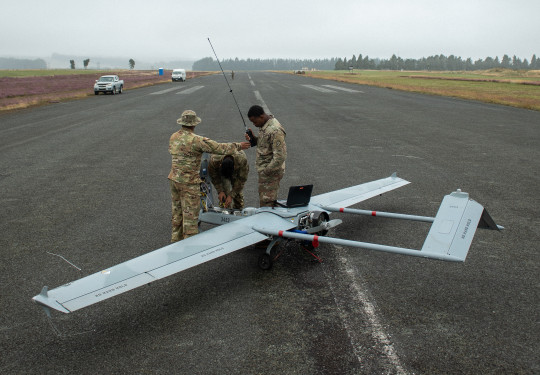Camo proves no match for American tactical Uncrewed Aircraft System
The NZ Army has got its first taste of the power of the RQB-7 Shadow Uncrewed Aerial System (UAS) as 2nd Engineer Regiment discovered camouflage is no match for its sensors.
09 March, 2024
Exercise Wayfinder 24 was held recently at Waiouru in a week-long warfare simulation designed to promote interoperability between New Zealand and United States engineers.
Twenty-five US soldiers from an Infantry Brigade Combat Team, out of Hawai’I, were hosted by 2nd Engineer Regiment, 1(NZ) Brigade at Waiouru.
The star of the exercise was RQB-7 Shadow, which has never before been flown in New Zealand.
Combat engineers got a close look at the reconnaissance capabilities of the Shadow and how it can be used in combat to assist soldiers on the ground and to disrupt enemy progress.
The Shadow has a wingspan of more than six metres. It weighs 43 kilograms, can reach heights of up to 18,000 feet, has a maximum speed of 200 kilometres per hour and a range of nearly 110 kilometres.
It’s launched from a trailer-mounted pneumatic catapult and recovered with the aid of arresting gear similar to those found on an aircraft carrier.
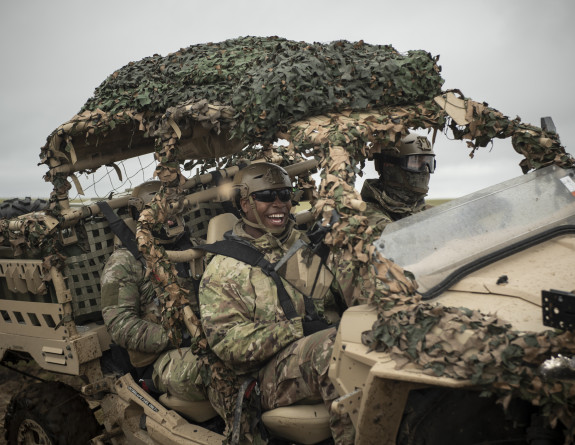
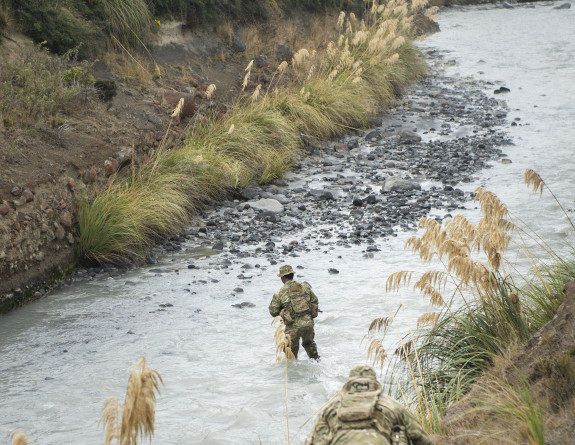
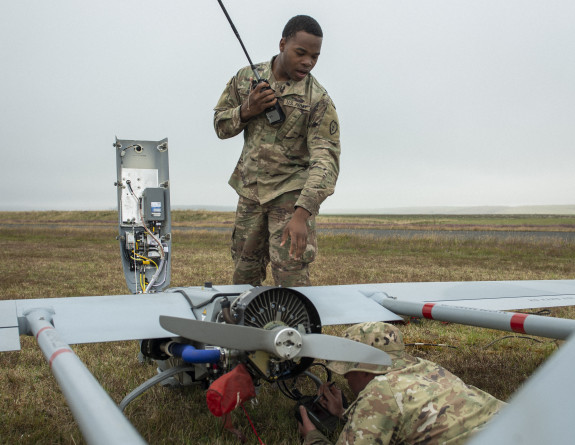
An “enemy” party (left and middle) was tasked with hunting the engineers’ reconnaissance teams (right) and disrupting their activities.
Captain Greg Hinch, 2nd Engineer Regiment, said the exercise was held in two parts: to demonstrate reconnaissance capabilities at key points and routes and then to show how the UAS could be used in a tactical situation.
An “enemy” party was tasked with hunting the engineers’ reconnaissance teams and disrupting their activities. The UAS provided the engineers with information on the enemy’s location and movement and also the best direction for them to escape the contact area.
“In situations on the ground where we used to rely on line of sight to find and track the enemy, having an UAS deployed is gamechanging as we can track the enemy safely from above, even if they’re heavily camouflaged.”
Captain Hinch said the exercise was successful on all levels and they took a lot of lessons on board.
“The biggest lesson was that camouflage is no match for the surveillance and expeditionary capability of the UAS, which can track the enemy using movement and infrared heat signatures.
“I think the soldiers watching the footage afterwards were taken aback at the detail in the imagery that was relayed from the UAS and how exposed they had been throughout the entire exercise.
“If you are out in the open the enemy can see everything you do from 10,000 feet or higher.”
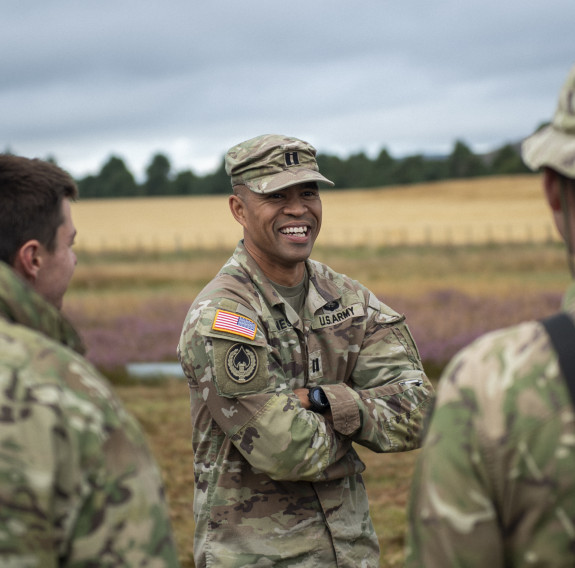
Twenty-five US soldiers from the 29th Brigade Engineer Battalion’s 3rd Infantry Brigade Combat Team, out of Hawai’I, were hosted by 2nd Engineer Regiment, 1(NZ) Brigade.
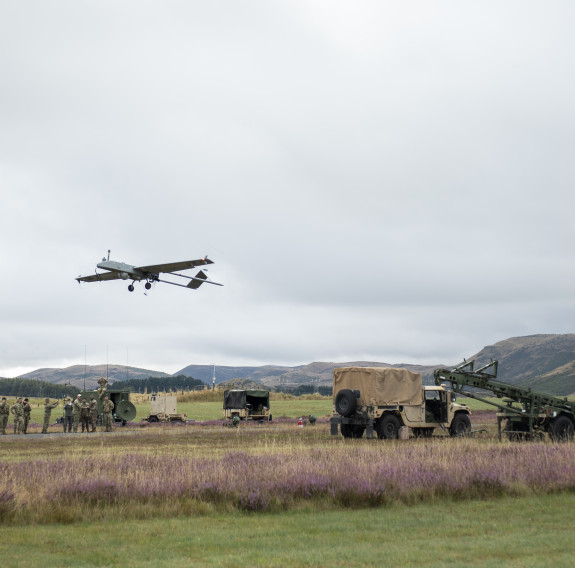
The star of the exercise was RQB-7 Shadow, which has never before been flown in New Zealand.
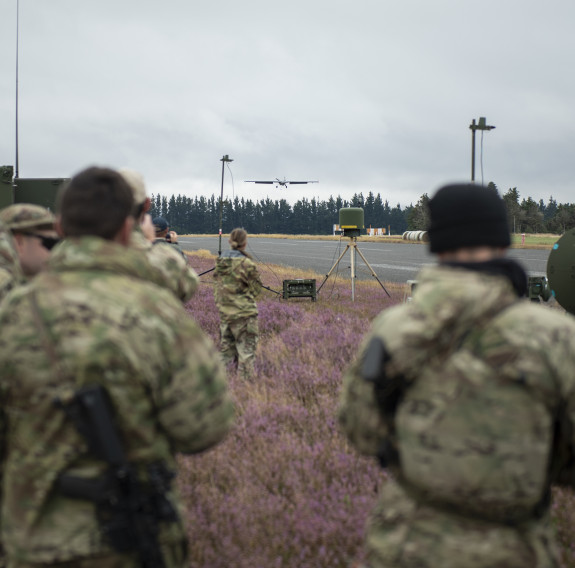
The Shadow has a wingspan of more than six metres. It weighs 43 kilograms, can reach heights of up to 18,000 feet, has a maximum speed of 200 kilometres per hour and a range of nearly 110 kilometres.
Major Grant Palmer, Staff Officer UAS, NZ Army, said it was exciting to have a Group 3 UAS come to NZ..
“It affords the opportunity to push the boundaries that test our policies and procedures to ensure they are fit for purpose to enable future UAS capabilities with our partners”.
This type of exercise enhances interoperability, he said.
“We are going to be seeing more demand in the future for the sharing of technology and interoperability between partners.“Training like this ensures the NZ Army can easily integrate with its military partners at short notice and in response to a range of contingencies.
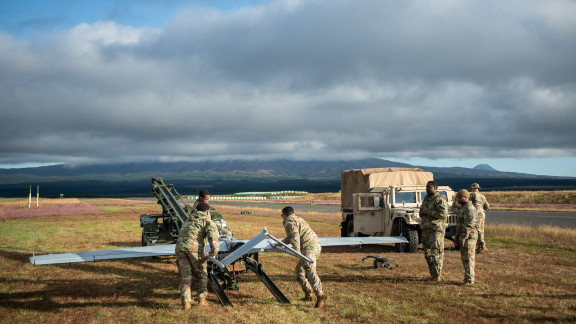
Exercise Wayfinder 24 | New Zealand Army
